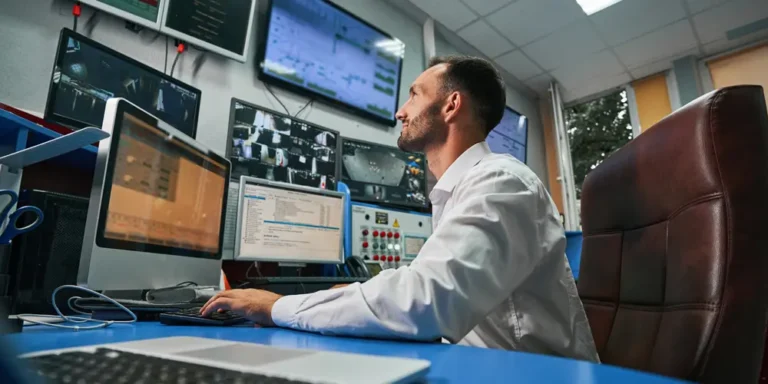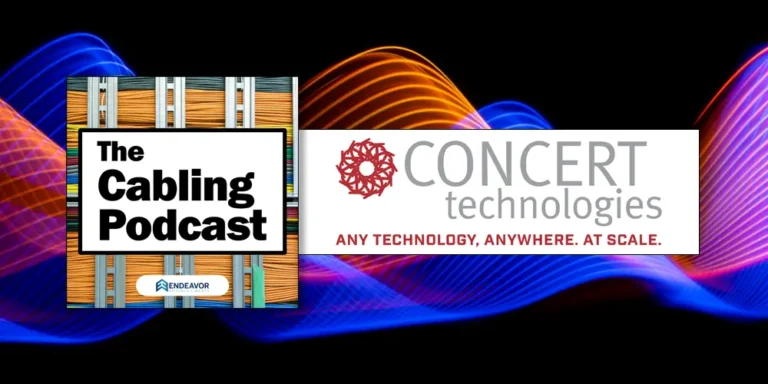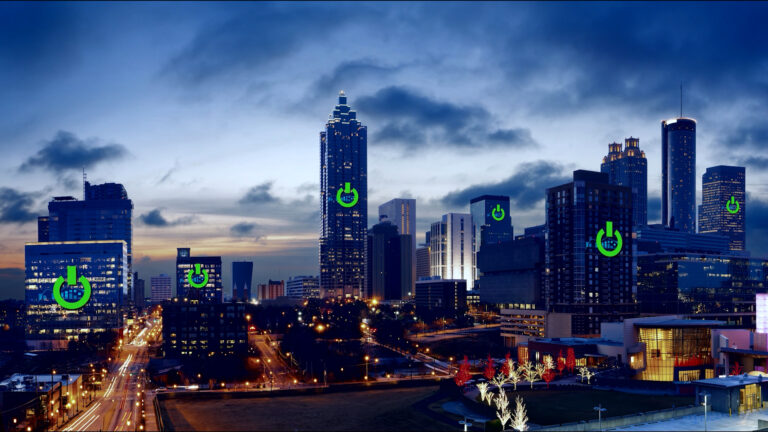The Internet of Things (IoT) is defined by dictionary.com as “A proposed development of the Internet in which everyday objects have network connectivity, allowing them to send and receive data.” For many people the IoT is just consumer devices, but there is also a commercial, or business, version known as ‘Industrial IoT,’ (IIoT). In this blog, we will explore how IIoT is already being deployed in the Retail sector.
IIoT in Retail
The Retail industry has pioneered business adoption of IIoT, driven by the need to maintain competitiveness against online retailers. This is achieved by recreating key elements of the online experience in bricks and mortar stores using IIoT devices to interact with everyday devices that shoppers carry, such as smartphones. As Accenture notes in their white paper “The Internet of Things: Revolutionizing the retail industry“, IP-connected IIoT devices offer the potential for shoppers even to go beyond an online customer experience.
While IIoT promises to revolutionize the on-premise retail experience, it also challenges retailers’ IT and Operations teams to deploy these technologies at scale. It’s one thing to set up a handful of pilot stores with new technologies – that can be accomplished by a small in-house team – but once the value of the new model is proven, how do you quickly and consistently deploy a large number of technologies in hundreds or even thousands of locations?
For many retailers, this is a challenge they have never addressed before. In retail, new technology is adopted slowly, with projects running for months or even years. Now, new technologies that are shown to drive purchases and improve the customer experience, will likely be approved for deployment in every store as quickly as possible. These projects can also involve more than just IIoT technology: the devices may generate large volumes of data for back-end systems, driving an upgrade to the in-store network as well as increased WAN bandwidth between the store and centralized systems.
How Do We Deploy IIoT at Scale?
Successfully delivering this sort of technology rollout across a large volume of locations takes a different model, one that:
- Uses strong project management to ensure that quality and stakeholder communication are properly handled.
- Creates the scale required to deliver volume through proven processes.
- Uses training to create the leverage needed to deliver at speed using local technicians supported by project management that is expert in the technology to be deployed.
It is only this approach rather than using a small ‘Tiger Team’ to travel around the country, that enables you to achieve both speed and consistency.
What Comes Next?
If your business is contemplating adoption of new technologies, where the ability to deliver at scale with a consistently high quality is important, give us a call, we’ll be happy to walk you through the keys to achieving this successfully.




